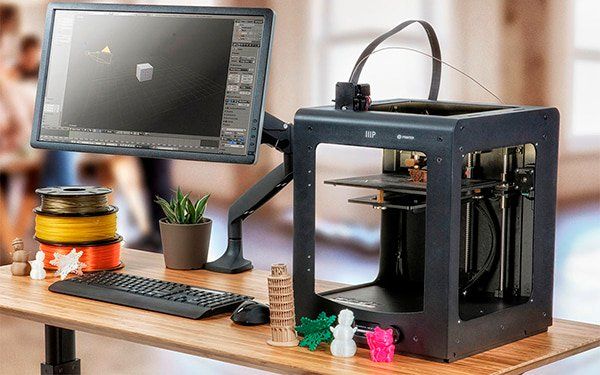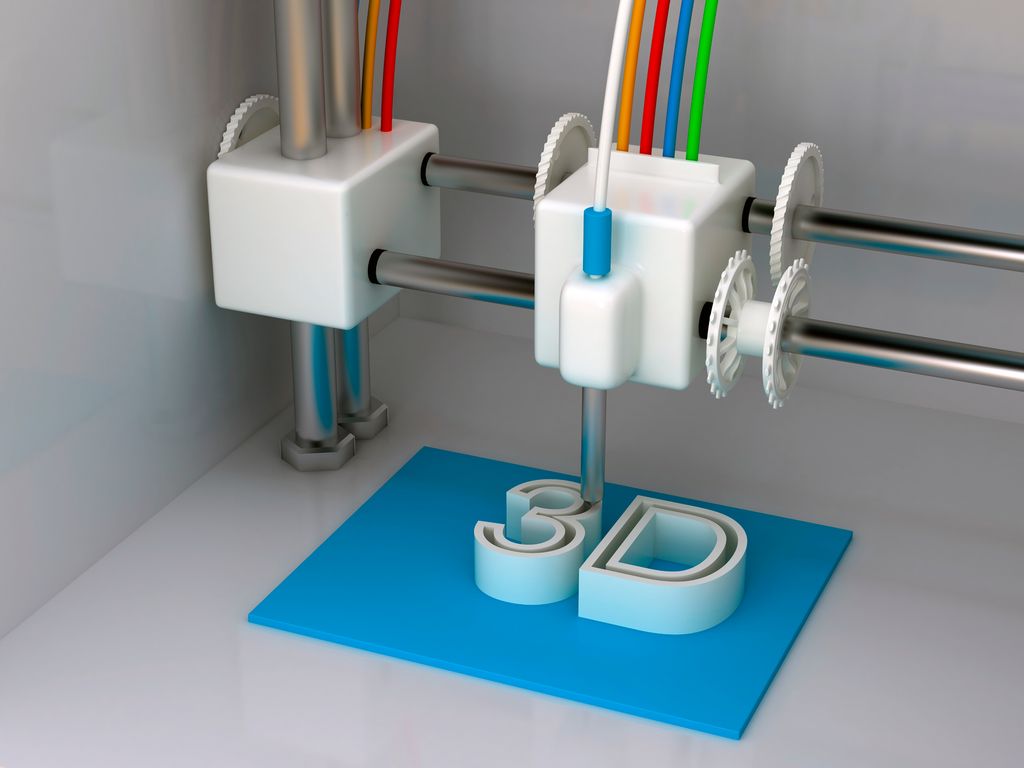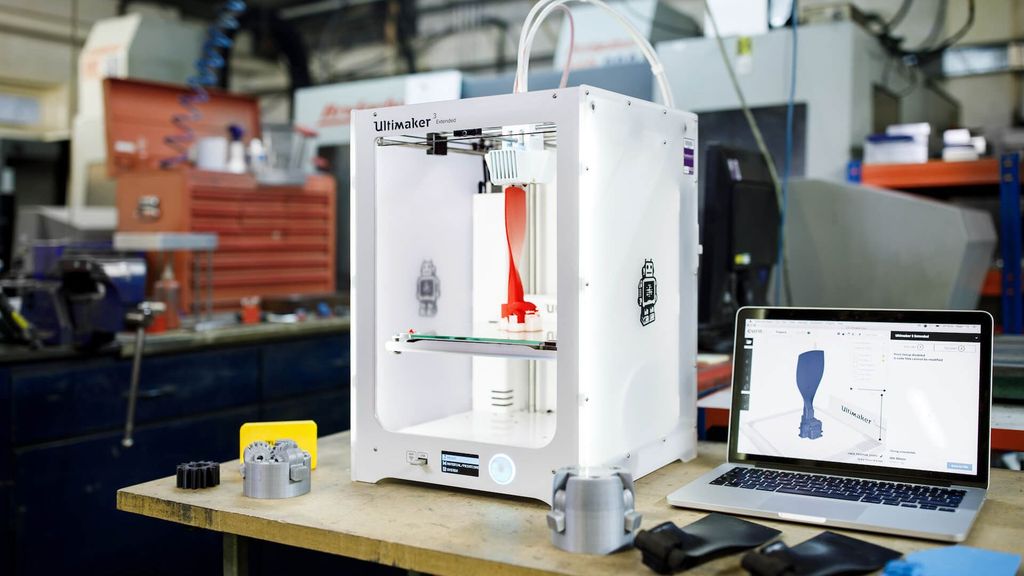3-D Printing
Apr 27, 2019 • 30 views
3-D printing is an additive manufacturing process which creates a physical object from a digital design, by laying down thin layers of material — in the form of liquid or powdered plastic, metal or cement — which is fused together.
3D printing technology is already increasing manufacturing productivity and has such potential that it could massively disrupt the manufacturing logistics andinventorymanagementindustries — if it can be successfully used inmass production, and if manufacturing becomes more local.

However, 3-D printing speeds are still too slow for mass production. For now, the technology is mainly reducing theleadtimein the development of prototypes of parts and devices, and the tooling needed to make them. This is a huge benefit to smaller scale manufacturers because it reduces costs and time to market. Because 3-D printing can create intricate and complex shapes using less material than subtractive manufacturing processes like milling, it is used in hydro-forming, stamping and injection moulding and other processes.
3D Printing Has Incredible Potential
Car and aircraft manufacturers have taken the lead in 3-D manufacturing, using the technology to transform unibody and fuselage design and production, and powertrain design and production. Boeing is using 3D-printed titanium parts in the construction of its 787 Dreamliner airliner. The U.S. and Israeli air forces are already using 3D printers to manufacture spare parts. GE, which sees itself at the forefront of the industrial internet created a helicopter engine, in 2017, with 16 parts instead of 900 – a sign of how big an impact 3D printing could have onsupply chains.

In medical sciences, 3D printing is being used to customize implants. And this technology could soon revolutionize dentistry. In the future, organs and body parts may be created using 3D printing techniques.
In fashion, Nike. Adidas and New Balance are using 3D printing to create prototypes faster than ever, and create customized shoes. In 2018, Nike revealed it had made the first 3D-printed textile upper in performance footwear, called Flyprint – which precisely engineers the textile by unwinding a coil of thermoplastic filament which is laid down in melted layers.

In the construction industry, companies around the world are making breakthroughs in 3D-home printing. Using layers of concrete, homes can be built in 48 hours, which are stronger than regular cinder block and only a fraction of the price.
